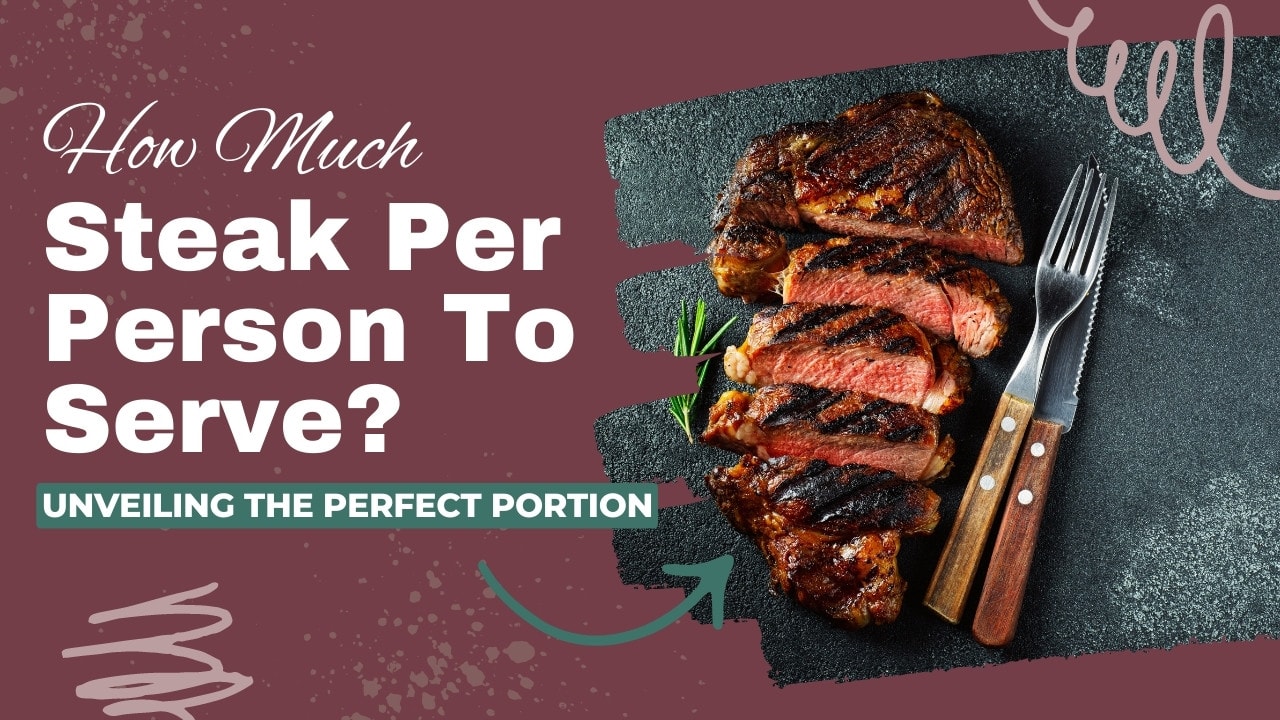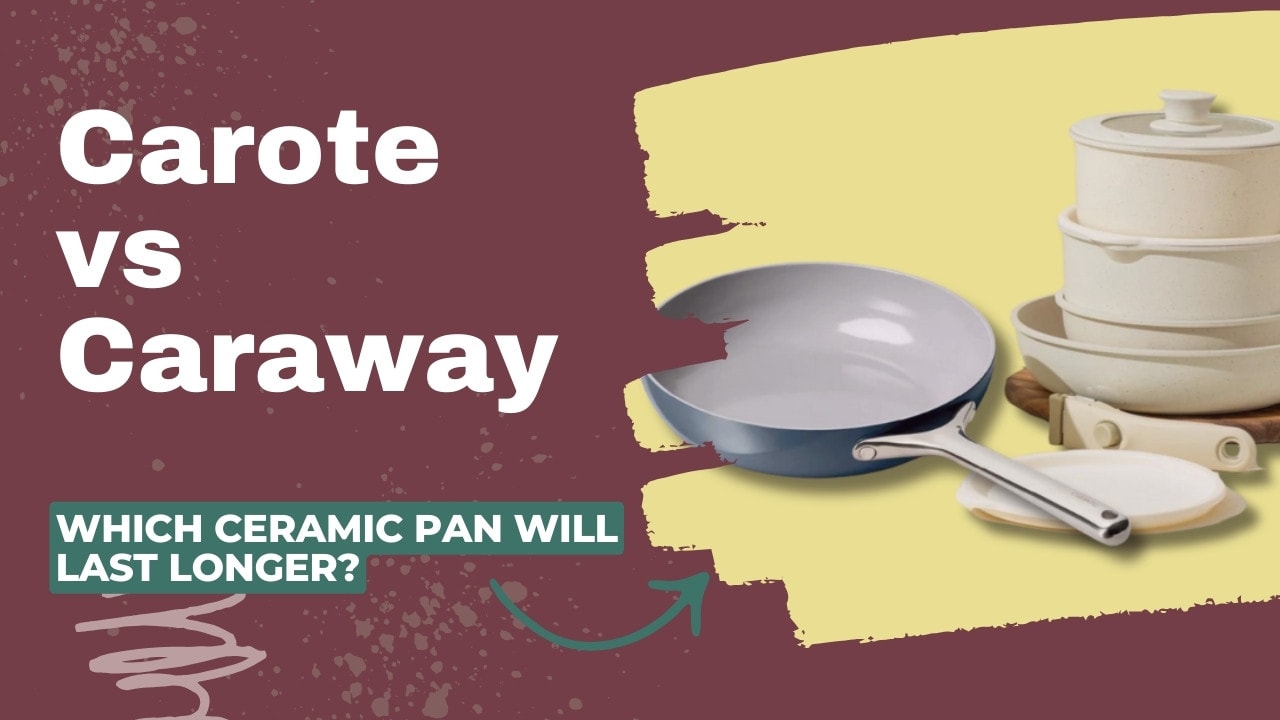Steak is the ideal food to provide your family with a hearty dinner or to serve for a special occasion. Choosing the right amount of steak to serve while satisfying everyone and not overspending can be a challenge.
Understanding how a steak shrinks when it’s cooked, how the cut affects the size of the steak, and how to prepare a steak properly to help it maintain its size and juices will allow you to get the most out of your steak and ensure everyone you serve it to enjoys it.
This article will discuss the recommended serving size for different steaks and cover some tips for making your steak go farther.
How Much Steak Per Person To Serve?
The recommended serving size of steak for an adult is eight ounces, according to most butchers. However, factors to consider when choosing the right amount of steak to serve include the appetite of your guests, other foods served with the steak, the time of day you are serving it, and the cut of the steak.
How Much Steak Should Be Served To Children?
Most children won’t eat as much meat as adults. An appropriate service of steak for a child is around six ounces for “big kids” and two or three ounces for preschool-age children.
Of course, this also depends on the appetite of the individual child, the cut of the steak, and the other foods you are serving with it.
Do Cuts Of Steak Affect Serving Portions?
Different cuts of steak have different serving size suggestions. When cooking at home, you’ll probably serve the same cut of steak to every person. Below you’ll find the recommended portion size for each of the most common cuts of steak.
- Tenderloin: 6-8 ounces
- Ribeye: 8-10 ounces
- Flank steak: 6-8 ounces
- Porterhouse: 12-14 ounces
The cut of the steak affects how it cooks and how much it shrinks when it is cooked. Some cuts such as ribeye and porterhouse shrink a lot, which means you should start with a bigger portion before cooking. Other cuts such as the tenderloin and flank are have less fat and won’t shrink as much when they are cooked.
Does Steak Shrink As It Cooks?
All meat, including beef steak, contains a lot of liquid. As the meat is heated, the liquid inside changes to a gas and evaporates from the meat. According to the USDA, up to 75% of a raw steak’s weight is water. During the cooking process, the water content can reduce to 55-65%.
As that liquid evaporates, the steak starts to shrink. If it’s a fatty cut, it will shrink more, since fat has an even higher water content than muscle.
How Do You Keep A Steak From Shrinking?
All steaks look smaller after they’re cooked, but if you are worried that your steak might shrink too much and leave your guests with tiny portions, there are a few things you can do to prevent it.
Cook Low And Slow
The higher the temperature, the faster liquids turn to gas, and more liquid escapes overall. Not only does this shrink the steak, but it also causes it to lose its flavor and makes it dry and tough.
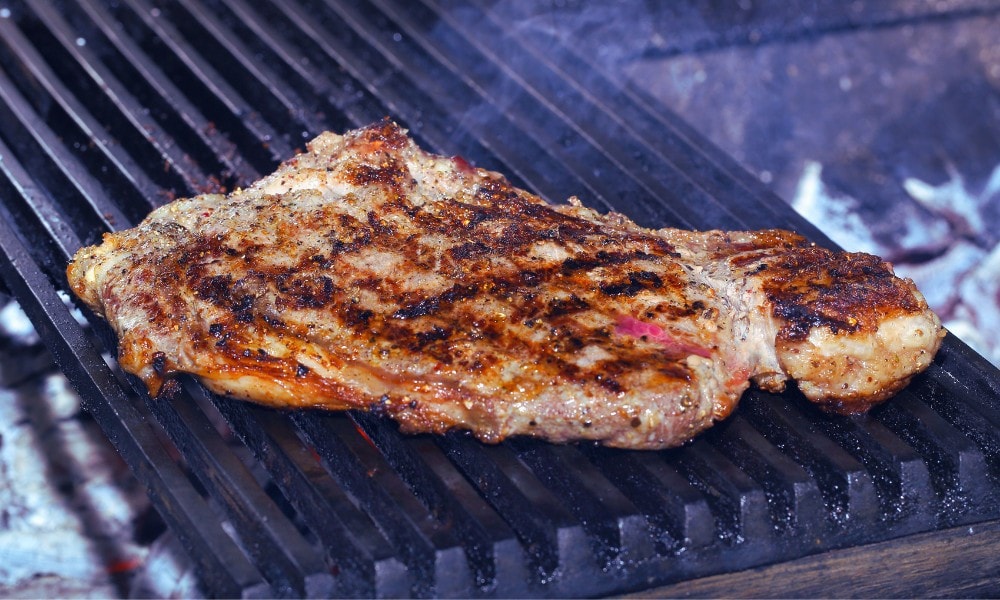
By cooking it on low heat for longer, the meat comes to temperature so it’s safe to eat, but it won’t dry out. The juices have a chance to distribute through the meat and spread the flavor.
Don’t Cook Too Long
Don’t make the mistake of cooking the steak too long. You need to make sure it is done and has an internal temperature of at least 140 degrees, which is considered medium doneness. But if you cook it past that, it will shrink and lose flavor.
Sear It
Searing the steak creates a seal on the outside that helps prevent the fluids from leaking out when it cooks. Searing the steak on each side will help keep it moist. The less fluids that are lost, the less shrinkage that will occur and the better the steak will taste.
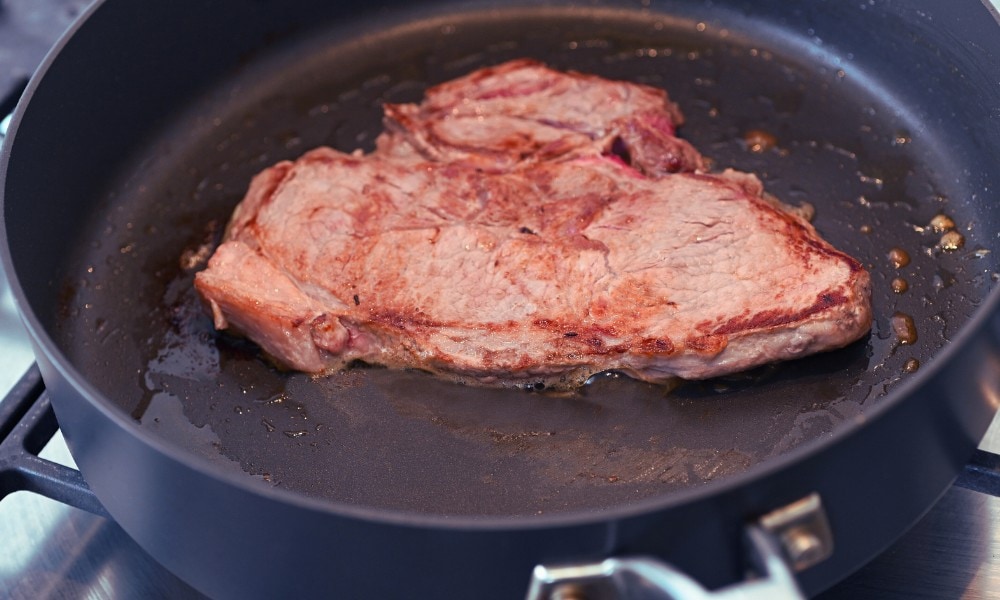
What Should You Consider When Serving Steak Portions?
Serving steak at dinner or a party means you have to determine how much steak to serve and how to serve it. Here are some things to consider.
Appetite Of The Guests
How hungry are your guests? Are you serving steak as the main course? If your guests will be hungry and expecting a full meal, you should serve a full serving to each guest. If your guests are expecting something light, you can serve smaller portions.
Also, consider the general appetite of your guests. If you are familiar with their eating habits, you may know who eats meat and who doesn’t, who will want seconds, and who is likely to skip out on the entree completely.
Other Foods Being Served
Consider what kind of other foods are being served and how much food is being served with the steak. If you have a large assortment of foods, it’s likely that your guests will try a little of each food and eat less of each option, including the steak.
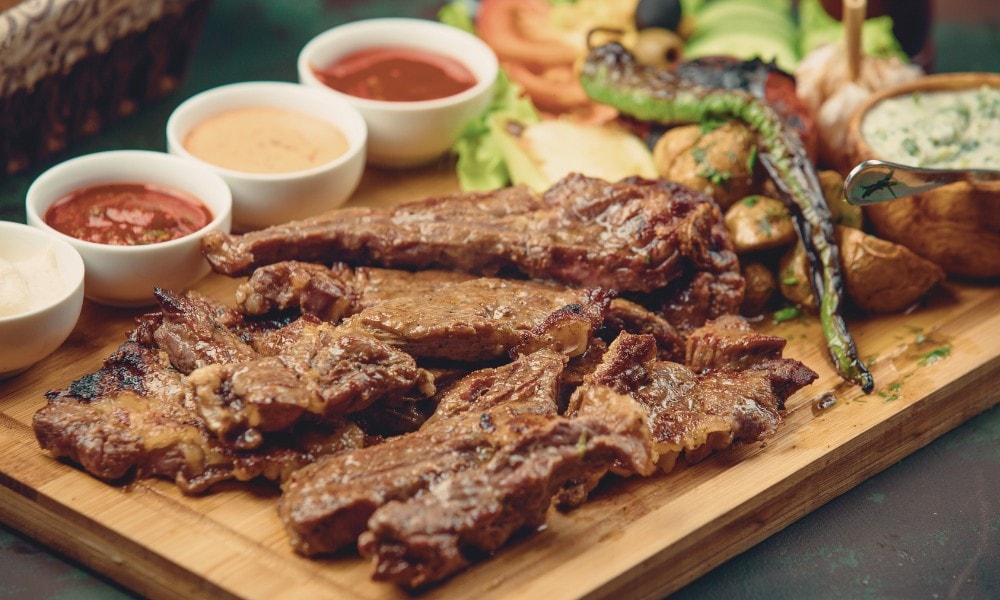
You may be able to serve a small steak as long as you have plenty of sides or even other meats and entrees alongside of it.
What’s The Occasion?
When or for what meal will you serve the steak? If you are serving the steak for dinner, you may want to offer a slightly larger portion. If you are serving the steak for brunch or as a starter, a smaller portion may be more appropriate.
If you are serving steak as part of a holiday meal and you know there will be other proteins, you may not need as many servings as you would if the steak were the only main dish being served.
How You Serve It
Decide if you will serve each person a full steak, you should at least serve one portion per person. If you are going to cut the steak up into smaller pieces and serve it on a platter or family-style you may be able to reduce the portion size. Each person will simply take what they want from the larger serving and you won’t have as much left over.
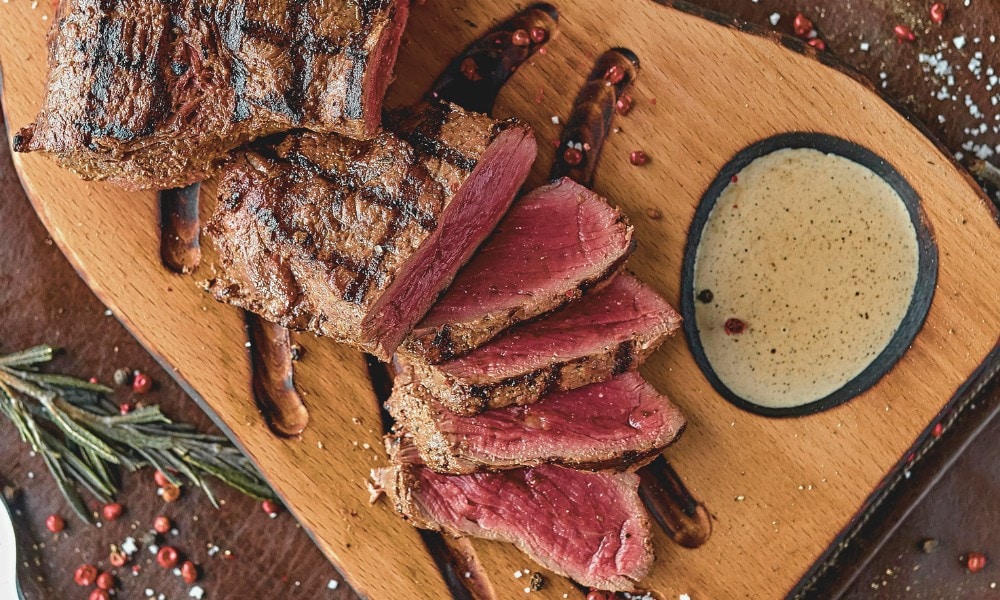
Do You Want Leftovers?
Even though you serve the recommended portion size of a steak, it doesn’t mean everyone will finish it. Some may even want more than just one portion! If you don’t mind having leftovers or if you want to send some home with guests, consider serving more than one portion per person.
What’s The Best Way To Store Leftover Steak?
If you happen to prepare a little too much steak and don’t want to waste it, you can keep the steak in the refrigerator for up to a week. The key is to store it properly so it will last as long as possible.
Let It Cool
Make sure you let your cooked steak cool before you attempt to store it and put it in the refrigerator. This will help prevent humidity from getting into your wrap or container. Letting the steak rest after cooking will also allow the juices to redistribute through the meat so it ends up more flavorful.
Use Air Tight Packaging
The longer you can keep the air away from your steak, the longer you can prevent airborne mold and bacteria from growing on it. Wrap the steak in plastic wrap and place it in an airtight container to store it until you are ready to reheat it and enjoy.

Keep It As Cold As Possible
The colder you keep the steak, the less likely it is to grow bacteria. Once you have wrapped or sealed your steak in the container of your choice, place it in the coldest part of your fridge. This is likely the bottom shelf. You can also adjust the temperature of your fridge if you are worried that it might not be cold enough.
Can You Reheat Leftover Steak?
Steak that has already been cooked can be reheated and eaten as leftovers. It’s best to reheat and eat the steak within three days of cooking it. You will also need to store the steak properly to ensure it is safe to reheat and eat.
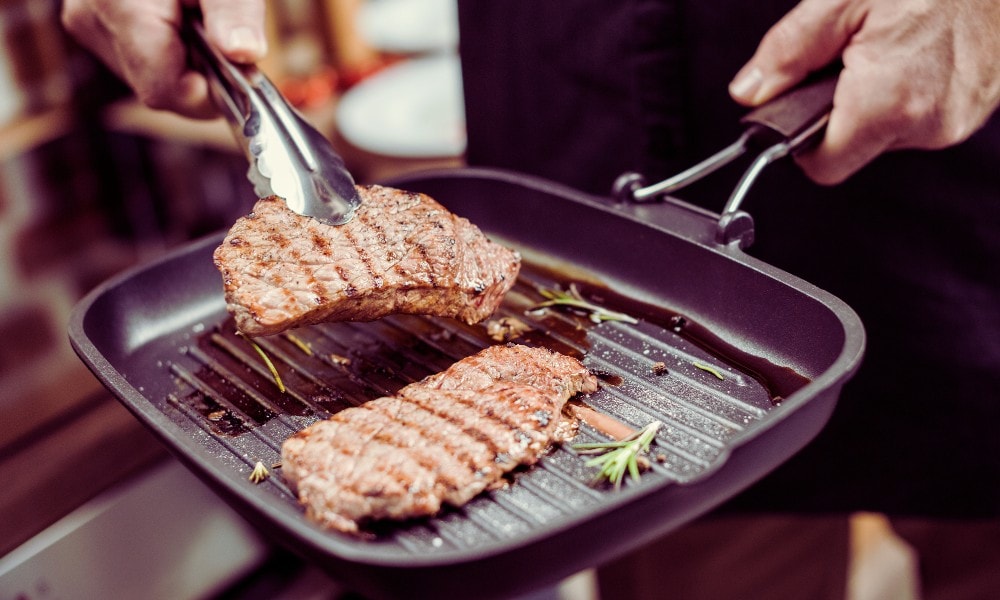
Steak can be reheated in the oven, on the stovetop, in the air fryer or on the grill. It is important to make sure the steak is heated to a safe internal temperature before eating it to ensure any bacteria that are present on the steak are killed off.
Conclusion
If you find yourself preparing steak for your family or guests and wondering how much to make, aim for a serving size of eight ounces per adult and two to six ounces per child.
Keep in mind there are a lot of things to consider beside just the size of the steak when choosing how to serve it.
If you have any questions about steak portions, be sure to comment below.

